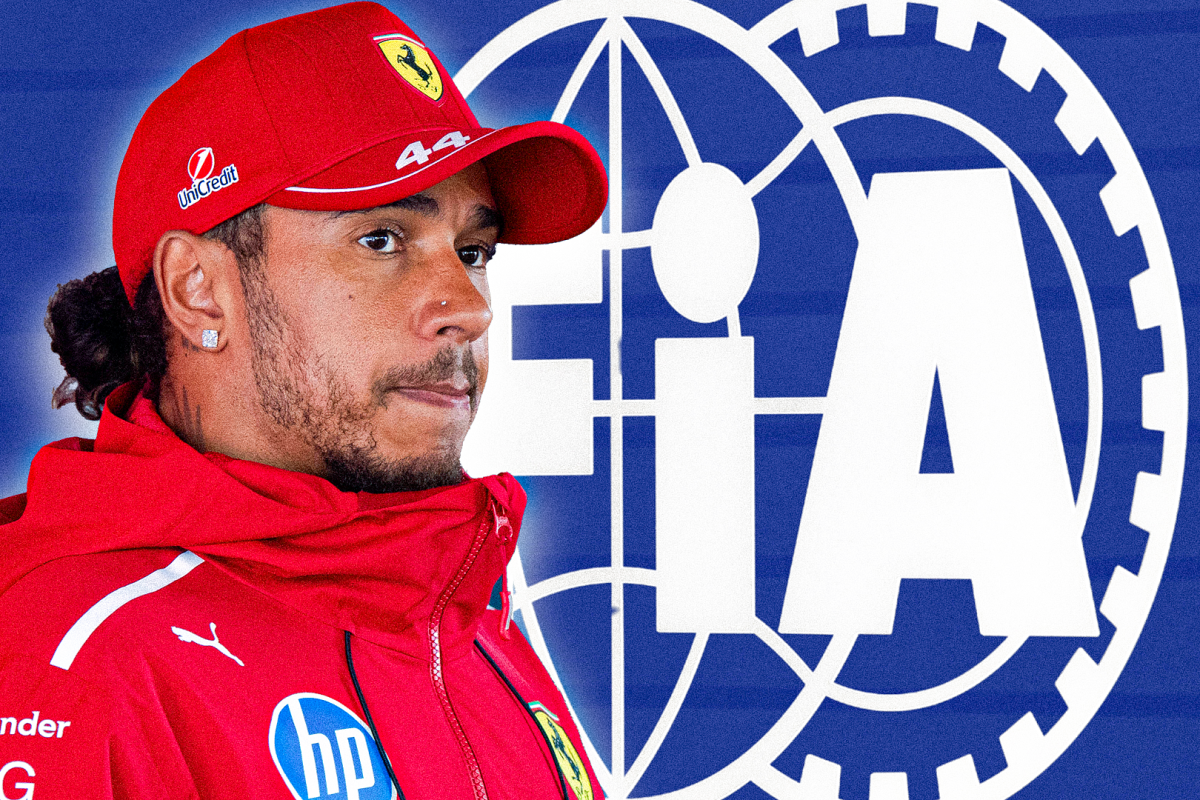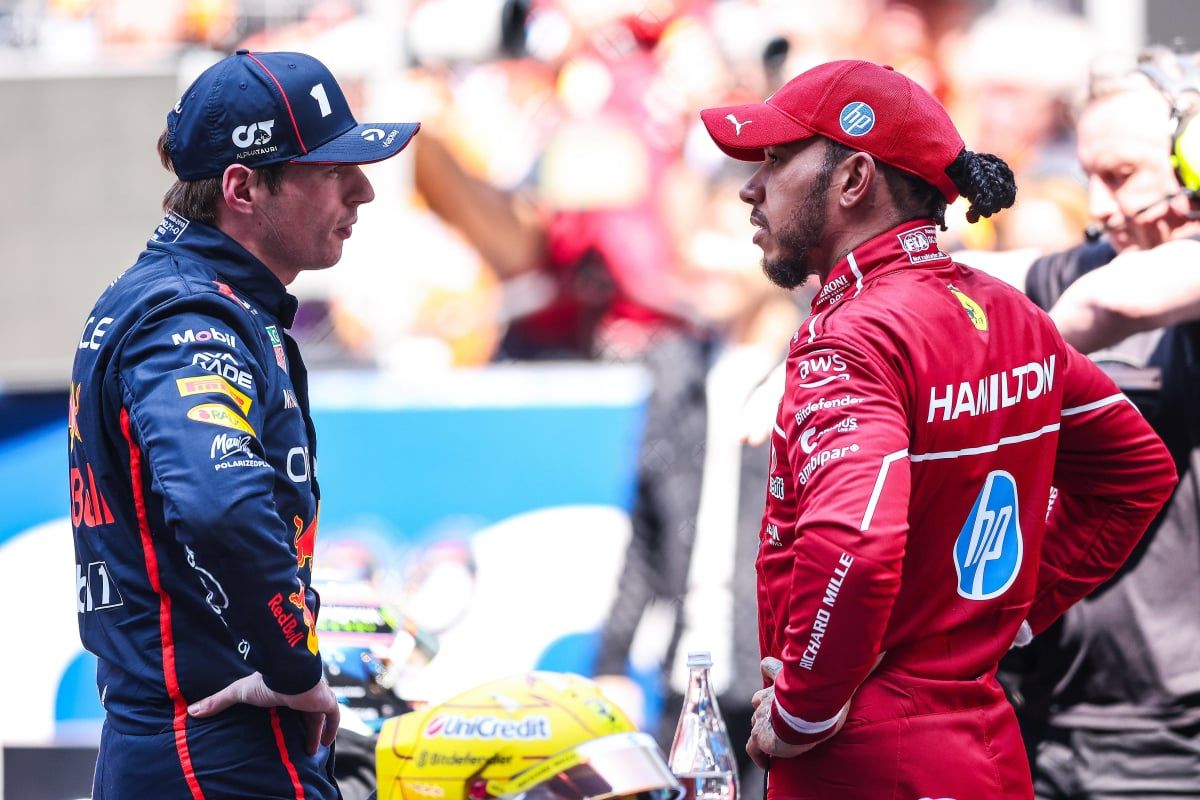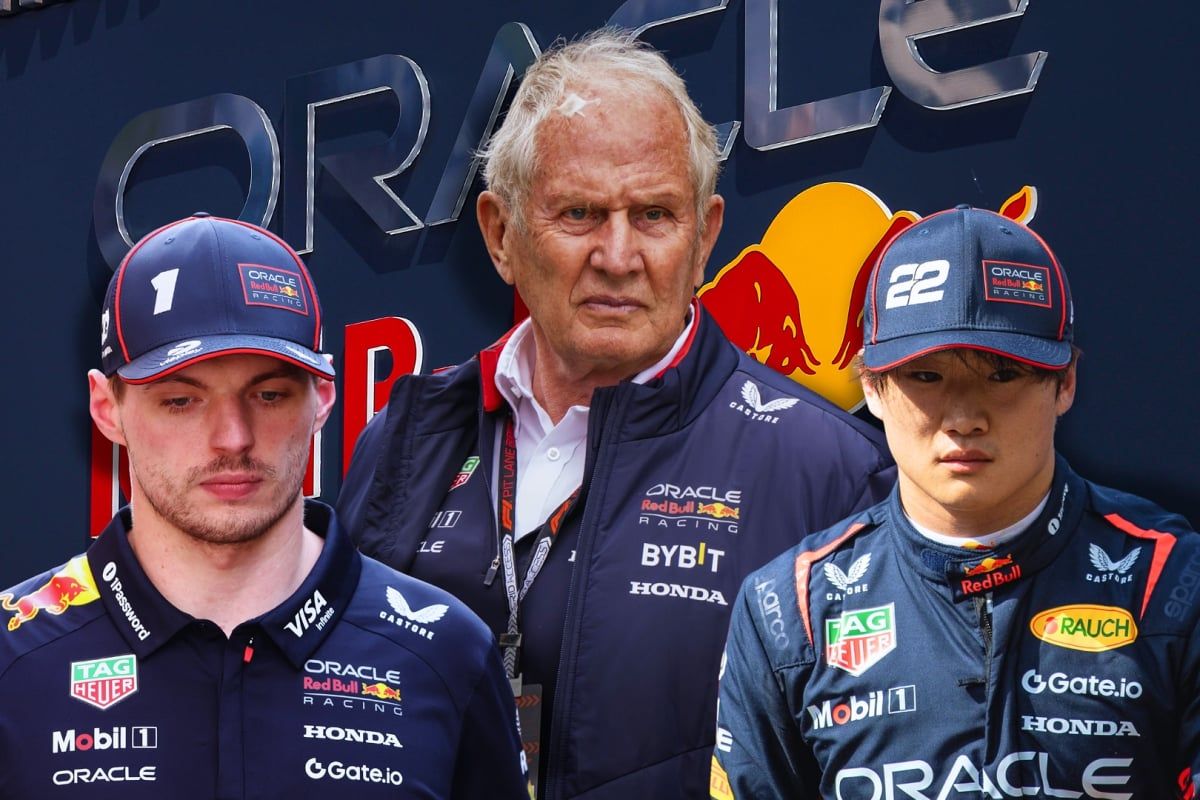Drama in Canada: FIA Hands Harsh Penalty to McLaren Over Piastri Pit L…read more
The FIA has issued a penalty to McLaren following a minor infraction by Oscar Piastri during Free Practice 1 (FP1) at the 2025 Canadian Grand Prix in Montreal. Piastri, who is currently leading the F1 Drivers’ Championship, was found to have exceeded the pit-lane speed limit by a fraction, prompting an official investigation and subsequent fine.
At the Circuit Gilles Villeneuve, the designated speed limit for the pit-lane is 80 km/h. However, data showed that Piastri’s McLaren was traveling at 80.3 km/h — a mere 0.3 km/h over the limit. While this margin may seem negligible, F1 regulations are strictly enforced, and even the smallest infractions are penalized to maintain consistency and safety standards. As a result, the FIA handed McLaren a €100 fine (approximately £85), acknowledging the minor nature of the offense.
Though some may view the penalty as severe given the minimal overage, the FIA is known for its rigid adherence to rules. Pit-lane speeding is treated with zero tolerance due to the safety risks involved, especially in high-pressure race environments. The €100 fine represents the lowest end of the penalty scale, particularly when compared to more severe past cases.
For instance, Red Bull Racing received a €1,000 fine in 2021 after Sergio Perez exceeded the pit-lane speed limit by a significant 40 km/h. Similarly, earlier this year at the Japanese Grand Prix, Williams was fined the same amount when Carlos Sainz was clocked 13.7 km/h over the limit. These comparisons highlight how the FIA scales fines based on the severity of each incident.
The Canadian GP saw further enforcement of pit-lane regulations later in the weekend. Alex Albon, driving for Williams, was also fined €100 after being caught at 80.1 km/h — just 0.1 km/h over the threshold. These cases emphasize the razor-thin margins that F1 drivers must manage. It’s a reflection of how exacting the sport can be, with mere tenths of a kilometer per hour triggering penalties.
F1 drivers are no strangers to such fine margins. The sport often comes down to extremely precise measurements, whether it’s track limits, car weights, or the condition of the car’s underbody plank. Earlier in the 2025 season at the Chinese Grand Prix, both Lewis Hamilton and Charles Leclerc faced disqualifications. Leclerc’s Ferrari was found to be 1kg under the minimum weight requirement, while Hamilton’s car showed excessive plank wear — just half a millimeter beyond the legal limit.
Fortunately for Piastri, the €100 fine was directed at his team and not a personal penalty. While it’s a minor infraction in the grand scheme of things, the FIA’s decision underscores the principle that no breach of regulation, however small, goes unnoticed.
Ultimately, the incident reinforces Formula 1’s reputation for precision and regulation. Even the slightest deviation from the rules — like 0.3 km/h in the pit-lane — can result in formal consequences.




